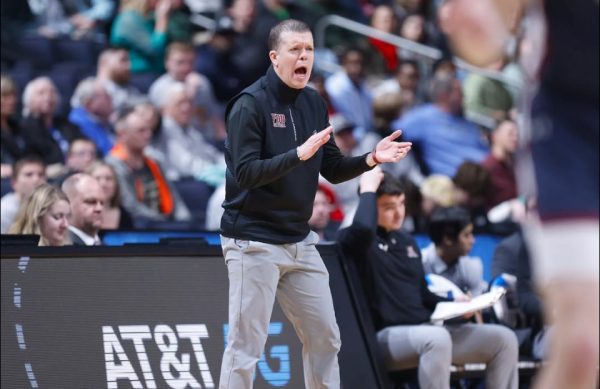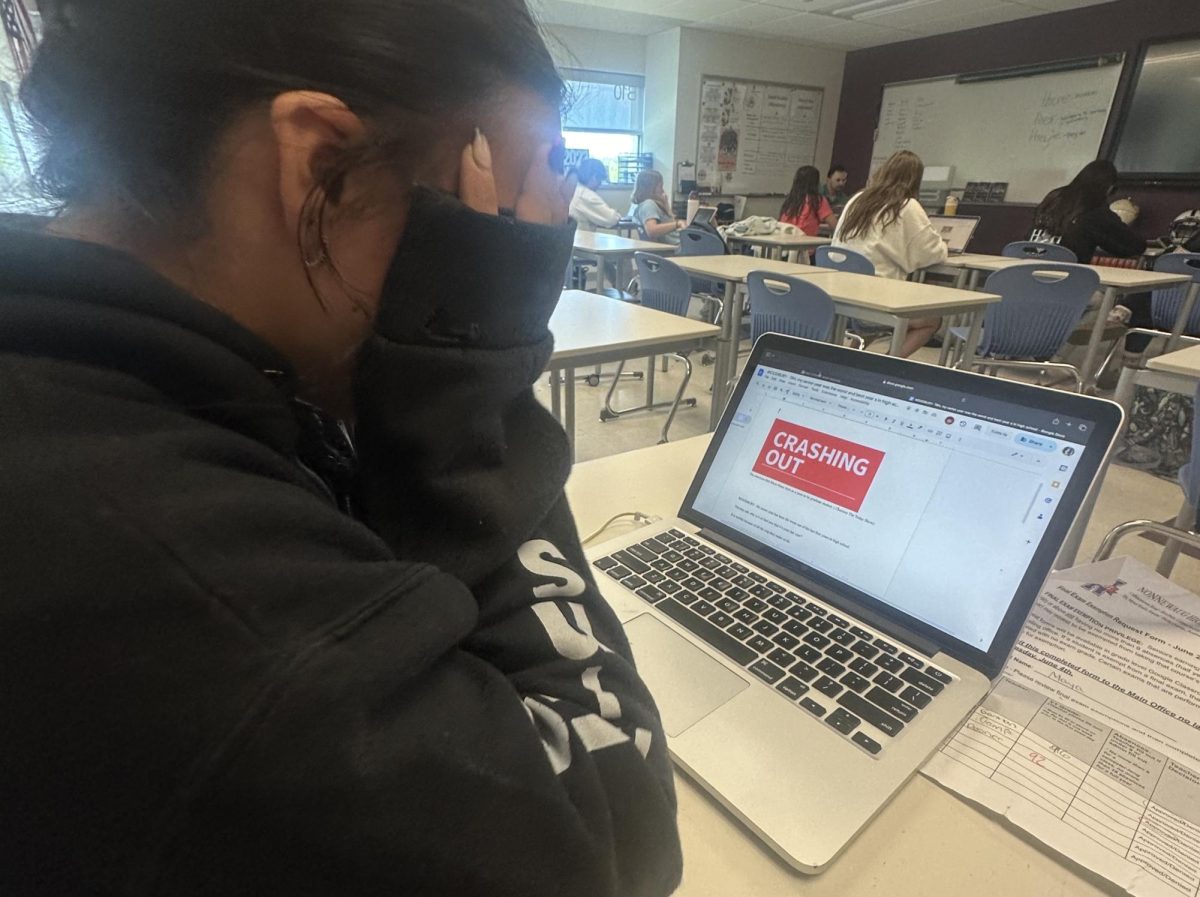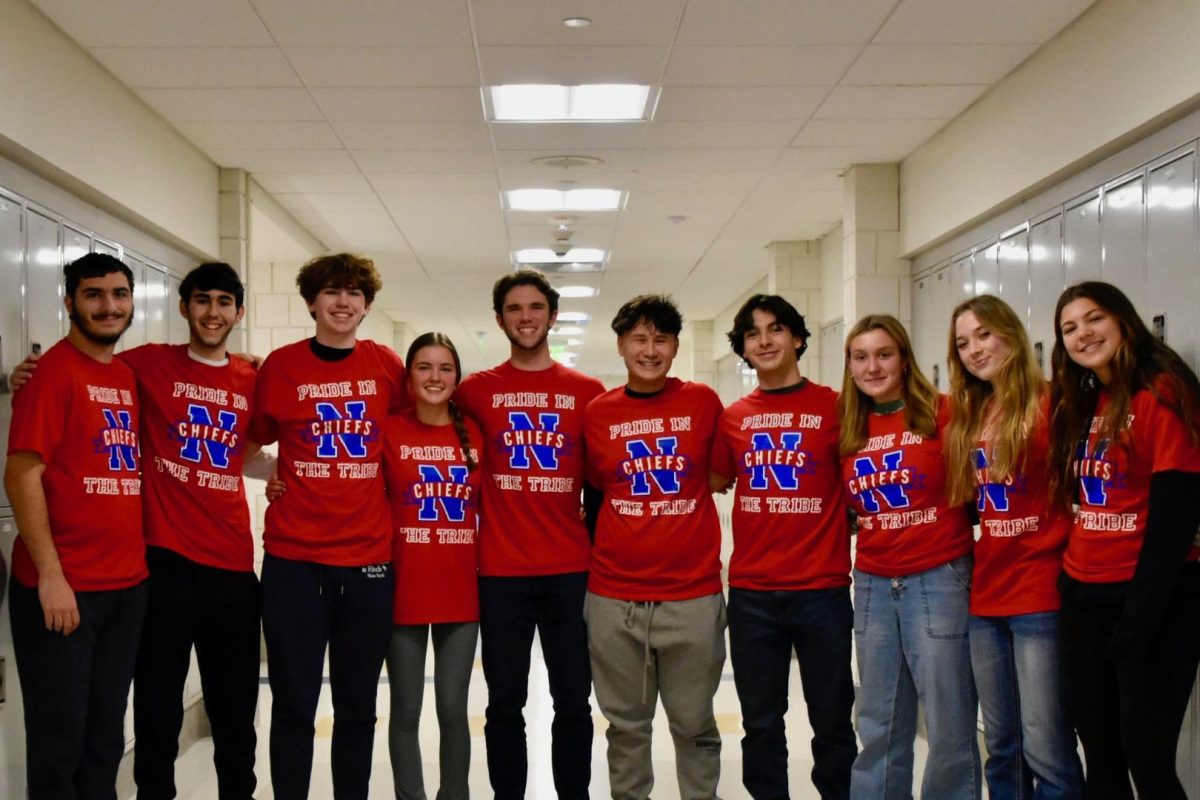“THE OWLS OF FLORIDA ATLANTIC, THEY ARE HEADED TO THE FINAL FOUR!”
These words echoed from the broadcast when the Florida Atlantic men’s basketball team continued its Cinderella story and reached the 2023 Final Four.
Every year for three weeks, basketball fans gather around the TV to watch the most anticipated college sporting event of the year: March Madness. Recently, speculations have appeared of adding upwards to 10 more spots in the tournament every year.
According to Reuters, NCAA president Charlie Baker is interested in expanding the tournament to as many as 80 teams as soon as 2026. This would benefit yet hurt smaller programs; they could gain major exposure, but could lose their star players to the transfer portal.
In recent years, smaller programs have shocked the world by pulling off major upsets in the NCAA tournament. For example, in 2023, Fairleigh Dickinson stunned No. 1 ranked Purdue, while St. Peter’s made an amazing run to the Elite Eight in 2022.
But the biggest surprise came in 2023 when the Florida Atlantic Owls, in their second-ever tournament appearance, made it all the way to the Final Four. These underdog teams have proven that anything can happen in March Madness, and that even the smallest schools can compete with the biggest names in college basketball.
But this isn’t an every-year occurrence. Upsets are highly unlikely, so adding more teams makes competition worse, like in 2021 when Gonzaga blew Norfolk State by 43 points in the first round.
“I think it’s a great idea,” says Nonnewaug sophomore basketball player Maxton Nichols, “because the more teams, the more fun, the more profit from bringing fans in and I love switching around watching the different games. Meanwhile, more players get exposure.”
Yet, Nichols is missing the point. Not every extra team going in will be a 25-win team; rather, the expanded field will probably consist of more close-to-.500 schools who wouldn’t make it in the current 68-team tournament.
A reason why this wouldn’t work is because of the format. To reformat the entire tournament would take time, readjusting what seed plays which, the locations of games, and even how to seed teams.
“They could possibly expand the First Four maybe up to 12-16 teams,” Nichols adds. “And being a fan of smaller programs, it would be nice to see them playing under the spotlight.”

But what’s the point honestly? Why drag out the First Four? They’re some of the most boring games of the tournament. You can’t find me watching lower seeds play to get killed by their next opponent. Besides, why waste time playing more games when the tournament already runs through all of March and some of April?
But how would we decide who gets in? Would it be more Power 5 teams who are barely .500? Or smaller programs in the Mid-American, Sun Belt, or other mid-major conferences who play little to no competition grab those spots? Who would benefit?
Either way, what is the point of giving these other teams even a sniff at big games when the lowest seed to win a national championship was the 1985 Villanova Wildcats.
“It just gives more players a chance,” Nichols states. “It’s also for the experience. If I had the chance to play in March Madness, I’d be thrilled for that. It’s not always all about winning. It’s kind of just about, like, the experiences you make in the memory.”
Let’s set this straight. Are people really going to Dayton, Ohio to watch Wagner play Colgate in the First Four when they can watch rivalries like St. John’s vs. Georgetown in a hypothetical round-of-64 game at Madison Square Garden?
Nichols feels players in smaller programs deserve more of a chance than these subpar Power Five teams.
¨I would say they should add some of the smaller programs,” Nichols noted. “It may be tough for competition, but like everyone says, like anything could happen in March Madness. Anyone could win on any given night.”
Nichols is failing to understand the point, adding big schools or little schools, it doesn’t change a thing. Morale of the story: It wouldn’t make sense to include more than 68 teams in the tournament.

















